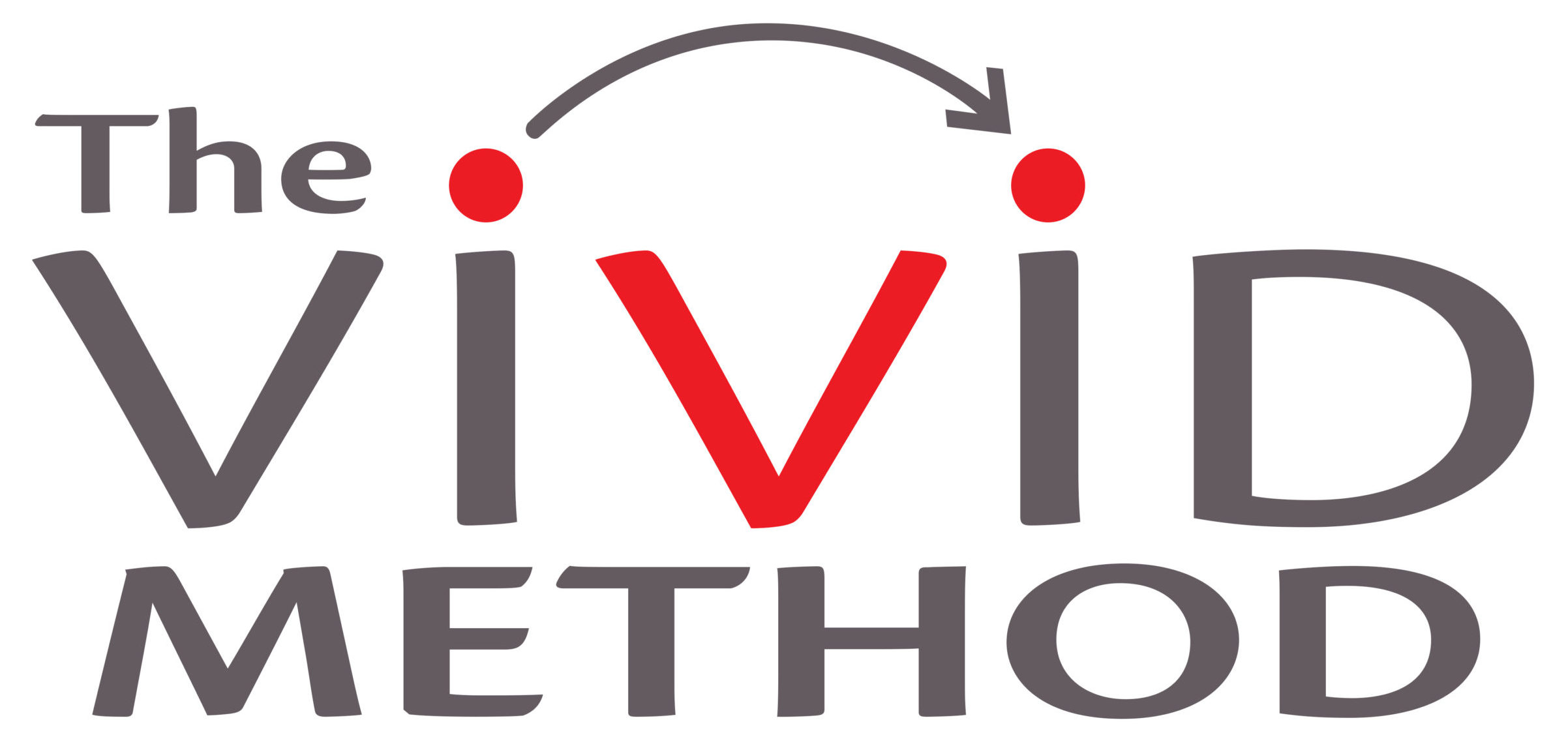From sportsperson to sports media
 The sports media industry is growing rapidly and sports jobs are increasing in this area. Are you ready to transition from the field to the microphone?
The sports media industry is growing rapidly and sports jobs are increasing in this area. Are you ready to transition from the field to the microphone?
Picture the scene for the sportsperson…
Microphone in hand, you stand… waiting. The sound guy and cameraperson is milling around while another guy fiddles with cables and lighting. What do you do with your hands as you wait? What will you do with your hands when the camera is on? Through your earpiece you hear a producer’s voice with cues and suggestions – as you flip through the running sheet in your hand. “3, 2, 1 you’re on…”
This is the fast paced life of a media person. It’s all about thinking clearly under pressure. The stress response kicks in because you’re live-on-air. And when the crowd is roaring and the activity around you is frenetic, a media person’s challenge is to make sense of the inputs – and be relevant, helpful and interesting to their audience.
Have you worked out how to make the stress response work for you? Or does it make your breathing tighter and your head race? Can you think clearly under pressure? There are multiple inputs you need to process in the sports media.
The media role is similar to the sports role in some ways: As a media person you’re generally part of a commentary team, working closely with others, but when the camera is on you need to perform – alone. You need to think clearly, hand off to a host or other commentator, run with the commentary (ball) when you need to, anticipate the play, listen to the producer (coach), and gather your thoughts when you sit on the bench waiting go live.
More opportunities for the sportsperson
The influence of sports media continues to build in Australia from media departments, instant updates via social media and comedic variety shows like The Footy Show and Before The Game.
I’ve worked with a range of sportspeople and sports journalists and have noticed the following:
- They often speak too quickly – at a pace that doesn’t allow them to breathe comfortably.
- They can be tight in the shoulders when under pressure which can tighten the throat and further restrict breathing.
- Are comfortable answering questions, but feel exposed and unclear when hosting or reporting directly to camera.
Controlling anxiety in sports media roles
It’s only natural that anxiety symptoms will make an appearance but it’s how you manage these symptoms is the key. Here are some tips:
- You are allowed to be comfortable. Find a pace that allows you to breathe comfortably.
- Natural style works. You don’t have to follow the same style as other successful media people; rejoice in your rough edges!
- Clear thinking leads to clear communication. Typical anxiety symptoms block clear thinking.
- Relaxed breathing and releasing tight shoulders are important ways maintain your composure, then add a bit of flair if it fits with your style.
Remember, it all starts from clear thinking, so collect your thoughts, which helps calm your physical body. Which frees you to deliver entertaining and helpful ideas to your audience.
If you want to make the transition from the field to media person, consider Media Training or Media Coaching.
—–
If you’d like to develop your presentation skills, consider:
